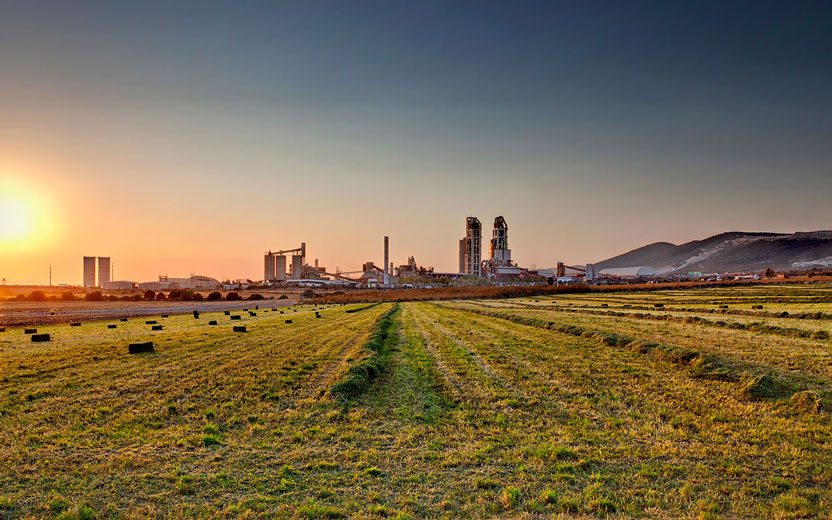CEMEX will implement hydrogen injection technology at four of its cement plants in Mexico to reduce the use of fossil fuels.
By injecting hydrogen into its cement kilns as a catalyst, CEMEX may optimize the combustion process and increase its use of alternative fuels. The use of lower-carbon fuels is an essential lever for the company’s 2030 goal to reduce CO2 emissions in cement production by more than 47%.
In September, CEMEX reached an all-time-high 34% alternative fuels substitution rate.

“Hydrogen is a key technology to accelerate the implementation of our climate action roadmap,” said Ricardo Naya, president of CEMEX Mexico. “With this project, we expect to increase alternative fuels consumption in our kilns by 8 to 10%.”
CEMEX is a pioneer in the adoption of hydrogen technology in the building materials industry, with successful projects running since 2019. As of 2021, the company uses hydrogen in all its European plants, and recently inaugurated a similar project in the Dominican Republic. The company expects to continue scaling its use in other operations worldwide.
CEMEX is also working with several partners to discover and pilot breakthrough technologies for hydrogen to be used as low or zero-carbon primary fuel source in cement production.



